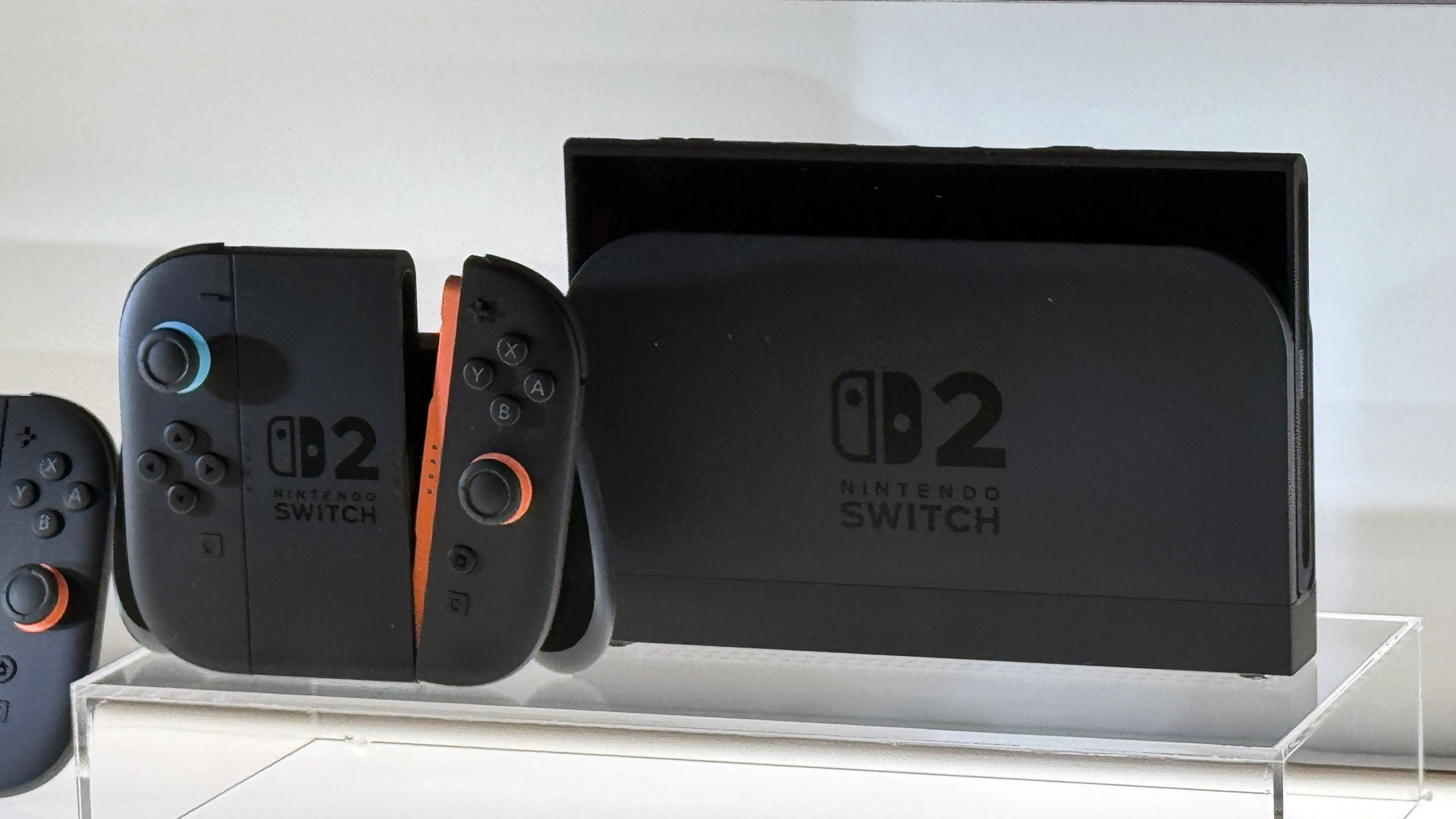Nvidia confirms Nintendo Switch 2 SoC's AI, ray tracing features, keeps real specs to itself for now
Nvidia promises 10x graphics performance over the original Switch

While Nintendo made a splash at yesterday's formal unveiling of the Nintendo Switch 2, the company's hardware developers stayed quiet on the chip powering it. Now, Nvidia, which makes the custom system on a chip, has provided some more information in a blog post.
"Nintendo doesn't share too much on the hardware spec," Switch 2 technical director Tetsuya Sasaki said at a developer roundtable. "What we really like to focus on is the value we can provide to our consumers."
Nvidia is following Nintendo's lead, withholding information like core counts and speeds. Still, the company claims the new chip offers "10x the graphics performance of the Nintendo Switch."
Nvidia's RT cores allow for hardware ray tracing, lighting, and reflections, while tensor cores power DLSS upscaling. DLSS is likely being used to achieve up to 4K performance when the system is docked, and to help hit up to 120 frames per second in handheld mode.
The company also confirmed that the tensor cores allow for face tracking and background removal with AI, which was shown off with the new social GameChat feature as well as in Switch 2 games we went hands-on with, such as Super Mario Party Jamboree – Nintendo Switch 2 Edition + Jamboree TV. It isn't clear if this uses any of the same technology as Nvidia Broadcast on PC.
Additionally, Nvidia confirmed that the Switch 2's new variable refresh rate (VRR) display is powered G-Sync in handheld mode, which should prevent screen tearing.
Nvidia also powered the original Nintendo Switch, which used a custom variant of the Tegra X1. Nintendo managed to get a lot of mileage out of that chip, which was old when it launched; games are still coming out eight years later.
Get Tom's Hardware's best news and in-depth reviews, straight to your inbox.
We'll see how much developers can squeeze from the new chip when the Switch 2 launches on June 5 for $449.99.

Andrew E. Freedman is a senior editor at Tom's Hardware focusing on laptops, desktops and gaming. He also keeps up with the latest news. A lover of all things gaming and tech, his previous work has shown up in Tom's Guide, Laptop Mag, Kotaku, PCMag and Complex, among others. Follow him on Threads @FreedmanAE and BlueSky @andrewfreedman.net. You can send him tips on Signal: andrewfreedman.01